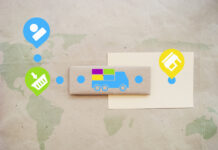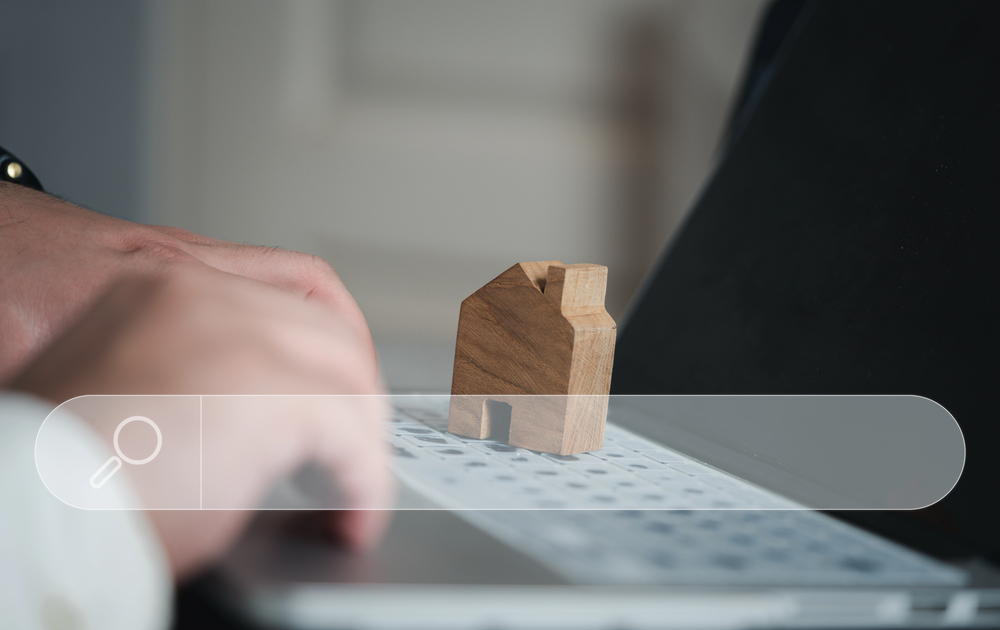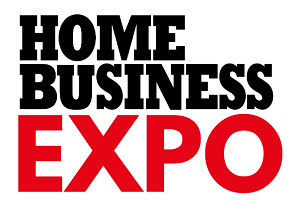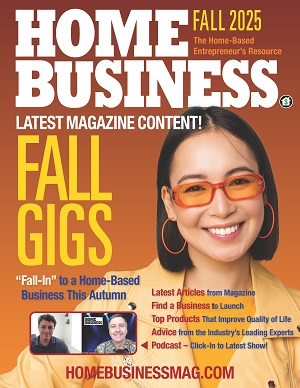For startups, trade shows offer a golden opportunity to accelerate brand exposure, build industry connections, and generate qualified leads. But the difference between startups that flourish at their first trade shows and those that fade into the background lies in preparation and execution.
Successful startups understand that these events are more than just booths and banners. They are platforms to showcase value, test market response, and carve out a distinct presence in competitive spaces.
This article explores what high-growth startups consistently get right at their first trade shows.
Building a Memorable Brand Presence
For startups at their first trade show, anonymity can be a major hurdle. However, this presents a prime opportunity to forge a strong initial impact. A custom exhibit manufacturer can give startups a head start with this process. They help new businesses translate their core brand values into every element of the booth, from the architecture to the colors and lighting.
A well-defined visual identity makes a startup’s booth instantly recognizable. Instead of fading into a sea of generic setups, these booths stand out with unexpected color palettes, innovative textures, and signature lighting. The result? Attendees walk away remembering the name, logo, and story behind the brand, long after the trade show ends.
Classic Exhibits notes that brands turn to exhibit manufacturers for everything from inventive counters to striking island displays. With expertise in fabrication methods, these professionals craft tailored solutions that bring each brand’s vision to life on the trade show floor.
Strategic Use of Small Footprints
Startups often enter trade shows with limited budgets and compact booth spaces, unlike established corporations that can invest in expansive setups. Yet, with smart strategy and design, a small footprint can leave a big impression.
Designers maximize vertical space and use interactive features to create an engaging, open feel, even in tight quarters. This resourceful approach ensures that every inch serves a purpose, helping brands appear larger and more established than they are.
According to a 2024 Gartner survey, only 24% of CMOs report having sufficient budgets to execute their strategies. Marketing budgets dropped from 9.1% of company revenue in 2023 to 7.7% in 2024, a 15% year-over-year decline. In response, successful CMOs are embracing disruption and innovation, focusing on cross-functional collaboration and technologies like AI to drive impact.
For startups, that same mindset, making the most of limited resources, translates into high-impact trade show strategies.
Targeted Engagement Zones
Startups entering trade shows understand they can’t match the scale of industry giants, so they focus on delivering depth over breadth. Rather than filling a booth with generic displays, they design hyper-personalized engagement zones tailored to specific goals. Their booths may feature interactive demo stations, digital kiosks for quick product overviews, or quiet seating areas for deeper conversations.
Each zone aligns with a clear engagement strategy, whether it’s showcasing a new app, presenting hardware capabilities, or holding focused meetings. This intentional design creates a purposeful space that encourages authentic, meaningful interactions.
Building genuine connections starts with understanding your ideal audience. Through targeted market research, startups can tailor booth experiences to directly address customer needs and interests. By offering relevant content, engaging in real-time dialogue, and building a community around their brand, startups can turn their small booths into engagement hubs.
Designs that Tell a Story
For startups, storytelling is a powerful way to differentiate and connect. Trade show booths can serve as immersive environments that guide attendees through a brand narrative, not just showcasing products.
They also illustrate the startup’s mission, the problem they solve, and the impact they strive to make. This story-driven design transforms a booth into a memorable experience, sparking genuine interest and lasting conversations.
According to Forbes, impactful storytelling begins with simplicity. A clear, focused message helps cut through the noise. Trade show booths should highlight one central idea that visitors will remember. Emotional connection is equally important. People are drawn in when they feel something.
Great stories focus on the “why”: Why does the brand exist? What makes it different? Real stories about real people further humanize the brand and build trust. Visual storytelling, through engaging imagery, thoughtful layout, and interactive elements, cements the message. When done right, storytelling turns a booth into more than a space. It becomes a living brand experience.
Photogenic and Shareable Booth Features
For startups, every trade show doubles as a powerful social media opportunity. Booths that incorporate photogenic elements, such as bold visuals or interactive installations, encourage attendees to capture and share their experience online.
Strategic lighting and eye-catching graphics make the booth visually compelling from every angle, ensuring it’s “Instagram-worthy.” By creating a destination for selfies and group photos, startups transform visitors into organic brand ambassadors. When attendees tag the brand in posts, it amplifies visibility and drives more traffic to the booth throughout the event.
According to Statista, as of 2024, 86% of marketers reported using Facebook, while 79% and 65% used Instagram and LinkedIn, respectively. Furthermore, 59% planned to increase their use of YouTube organically. The top reason for this shift? Increased brand exposure and traffic—two goals perfectly aligned with a highly shareable trade show booth.
A photogenic presence not only attracts attention on the floor but continues to generate buzz long after the show ends.
Frequently Asked Questions
How to Get the Most Out of a Trade Show?
To maximize trade show success, set clear goals, research attendees, and tailor your booth to reflect your brand identity. Engage actively with visitors, offer memorable takeaways, and collect contact information. Post-event, follow up promptly to build relationships and convert leads into long-term opportunities. Consistent branding and preparation are key.
What are the Best Giveaways for Trade Shows?
The best trade show giveaways are practical, branded items like reusable water bottles, tote bags, phone chargers, and pens—items attendees will use regularly. Tech gadgets, snacks, and eco-friendly products also stand out. Choose quality over quantity to leave a lasting impression and align the giveaway with your brand message.
How can Startups Measure the Success of Their Trade Show Presence?
Startups can gauge trade show success by tracking metrics such as qualified leads generated, booth traffic, and social media engagement (shares, mentions, hashtag use). Monitor follow-up conversion rates, meeting volume, and post-event sales. Calculate ROI by comparing revenue attributable to the event against total participation costs.
High-growth startups don’t just survive their first trade shows; they thrive by turning every challenge into an opportunity. They convert limited resources into bold statements, using smart design to amplify their brand, engage their audience, and stand out from the crowd. In the fast-paced world of trade shows, it’s not the biggest booth that wins; it’s the one everyone remembers.
Find a Home-Based Business to Start-Up >>> Hundreds of Business Listings.















































